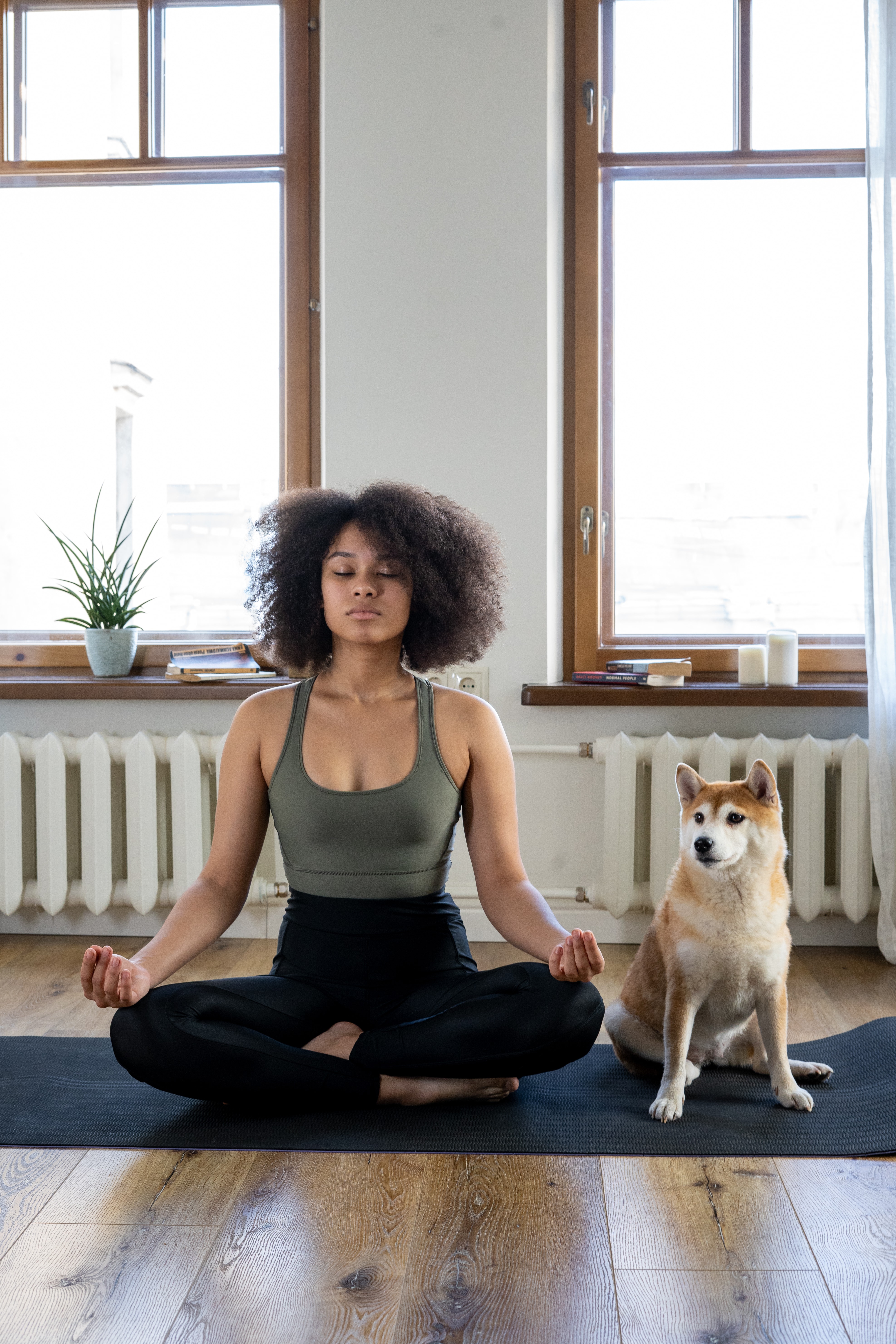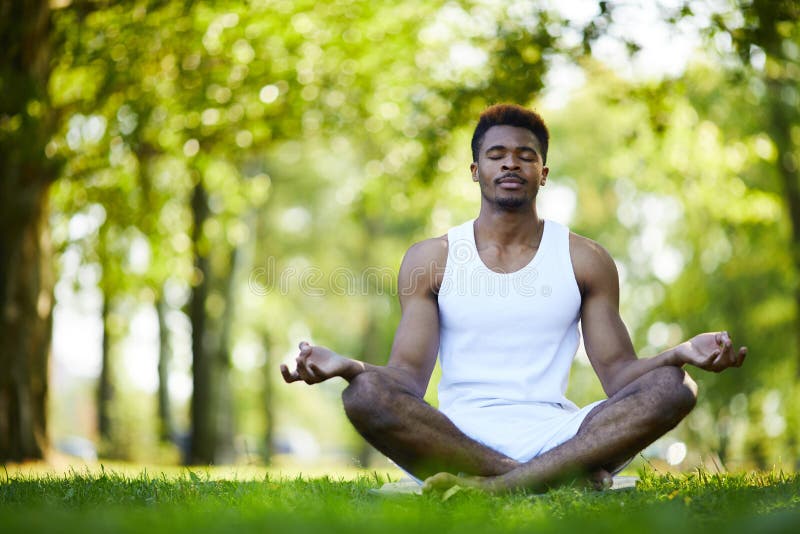Change Your Mindset with Easy Steps on How to Meditate?
Change Your Mindset with Easy Steps on How to Meditate?
Blog Article
How to Meditate: A Step-by-Step Method to Achieving Mindfulness and Calm
Meditation works as a powerful device for attaining mindfulness and psychological calmness in a fast-paced globe. By understanding the fundamental principles and strategies entailed in reflection, people can cultivate a method that boosts their general health. This conversation will outline necessary steps, from creating a conducive atmosphere to incorporating reflection into daily routines. As we check out these elements, it comes to be clear that the trip to mindfulness is not simply concerning the act of being in silence, but rather regarding cultivating a much deeper link with oneself and the globe around us. What might this change entail?
Recognizing Meditation
Comprehending reflection involves grasping its essential principles and methods, which act as the structure for the practice. At its core, reflection is a psychological exercise aimed at advertising leisure, developing inner energy, and establishing empathy and understanding. The technique encourages individuals to concentrate their interest, commonly with methods such as deep breathing, visualization, or concept repetition.
Meditation can be categorized right into numerous designs, including mindfulness, transcendental, and loving-kindness meditation, each with distinctive functions and approaches. Mindfulness meditation stresses present-moment understanding and non-judgmental observation of sensations and ideas, while transcendental reflection entails the use of specific rules to transcend average mind. Loving-kindness meditation concentrates on establishing a mindset of love and empathy towards oneself and others.
Despite the strategy used, the key goal continues to be consistent: to cultivate a deeper understanding of the mind and its patterns. This self-awareness cultivates emotional resilience, quality of idea, and a profound sense of calmness (How to meditate?). By understanding these techniques and concepts, people prepared for a successful reflection practice that can dramatically enhance their total wellness
Planning For Your Practice
Before starting your reflection practice, it is vital to create an atmosphere for concentrate and leisure. Select a quiet space where you are unlikely to be interrupted. This might be an edge of an area, a garden, or any type of area that stimulates a sense of tranquility. Make certain that the area is clean and free of clutter, as a neat environment can aid remove the mind.
Take into consideration the lights, as natural light can improve your state of mind and energy. Soft, warm lighting is often extra relaxing than harsh fluorescent lights. In addition, choose a comfortable temperature level, making certain that you are neither as well warm nor also cold.
Including components that promote tranquility can better improve your experience. This may consist of soft paddings or blankets for comfort, in addition to soothing scents from crucial oils or scent. It can likewise be beneficial to have a timer established for your meditation session to avoid diversions from clock-watching.
Basic Meditation Techniques

One more effective method is body scan reflection. This involves mentally scanning your body from head to toe, seeing any type of areas of stress or pain and consciously relaxing those muscles. This technique fosters a deeper link between your body and mind.

Finally, loving-kindness reflection focuses on cultivating compassion towards yourself and others. Calmly repeat phrases of goodwill, improving emotional well-being and interconnectedness. Each of these strategies offers as a foundation for your meditation trip, allowing you to find the technique that resonates best with your individual practice.
Maintaining Focus and Mindfulness

Establishing a devoted meditation room can improve the capacity to preserve mindfulness. A peaceful, uncluttered environment minimizes diversions, permitting deeper immersion in the method. Additionally, setting a time restriction can assist take care of expectations; beginning with shorter sessions might alleviate the change into longer techniques.
Using methods such as body scanning or observing experiences can additionally boost mindfulness. These approaches encourage specialists to remain present and engaged with their physicality, anchoring their focus in the minute. Normal practice is crucial; the brain constructs resilience gradually, creating a stronger capacity for emphasis.
Incorporating Reflection Into Daily Life
Integrating meditation into life can transform routine activities right into possibilities for mindfulness and self-reflection. By incorporating mindfulness methods right into common jobs, people can grow a greater feeling of visibility and serenity in the middle of the busyness of day-to-day life.
Begin by recognizing moments throughout your day where you can stop briefly and exercise mindfulness. Even mundane site tasks like walking or washing recipes can become possibilities for meditation by directing your attention to the feelings of motion and the audios surrounding you.
In addition, reserving devoted times for reflection can reinforce its method. Begin with brief sessions, slowly boosting period as you become more comfortable. Usage reminders or signs-- like a details time of day or a relaxing audio-- to establish consistency.
Eventually, the goal is to weave mindfulness right into the fabric of everyday life, permitting you to come close informative post to each minute with intent, therefore enhancing your general feeling of health and quality.
Final Thought
In conclusion, reliable meditation needs a quiet atmosphere, a comfortable setting, and an emphasis on the breath. Routine reflection, even in brief sessions, fosters a much deeper connection to the present minute, inevitably leading to higher tranquility and psychological clarity in daily life.
Reflection can be categorized right into numerous styles, including mindfulness, transcendental, and loving-kindness reflection, each with distinctive objectives and methods. Mindfulness meditation stresses present-moment awareness and non-judgmental observation of thoughts and sensations, while transcendental reflection involves the use of details rules to transcend normal idea processes.With your meditation space prepared, it's time to check out various standard reflection strategies that can help grow mindfulness and internal tranquility.Consistently preserving emphasis and mindfulness during meditation can be difficult, especially for those brand-new to the practice.Developing a specialized meditation space can enhance the ability to preserve mindfulness.
Report this page